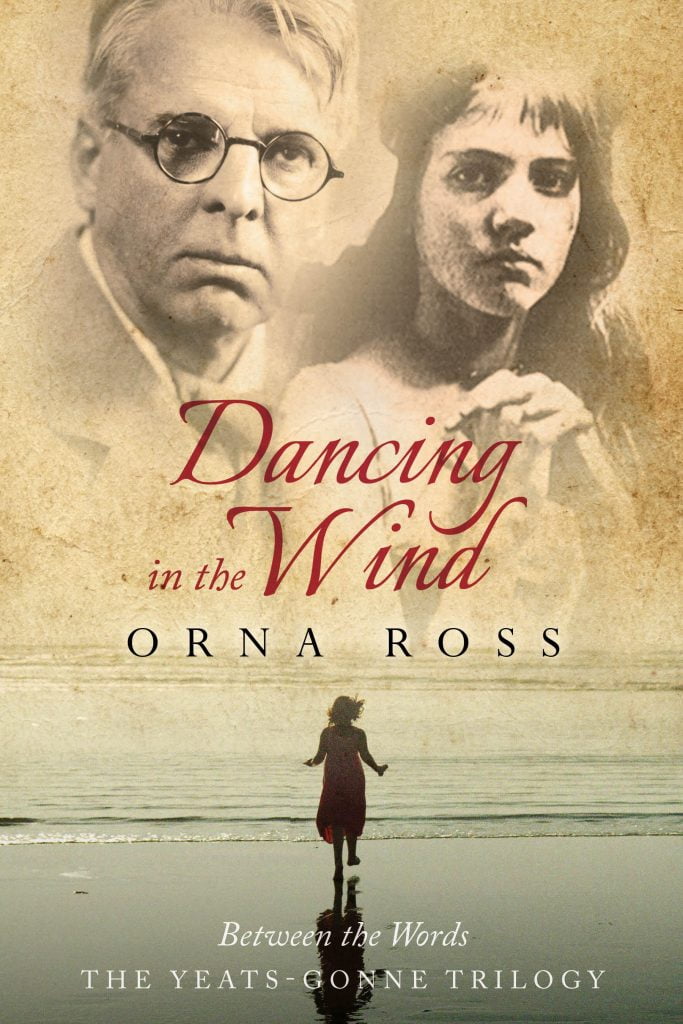Writing a trilogy is a massive undertaking and I'm at work on Book 2 of my Yeats trilogy, Dancing in the Wind (while continuing the incubation work on the final novel of my Irish trilogy, In the Hour.) That's the fiction fun around here at the moment.
So how do you self-edit the first book of a trilogy in a way that helps to plan out the second and third? Here's how I handle it.
A. Tell yourself what happens as a three-part story, using two sentences for each book. In the case of my Yeats trilogy it's as follows:
- “Book One: Her Secret Rose: A young, impoverished poet falls hopelessly in love with a revolutionary heiress, who becomes his muse and refuses his offer of marriage, many times. But the true story is not quite how he painted it in his poetry and in the end, they come to understand how they've each been fooling themselves… and each other.
- Book Two: Dancing In the Wind: Twenty years later, the poet finds himself falling in love with his muse's daughter, who is now just the age her mother was when they first met. As World War One rages, just fifty miles away from the Normandy home where they are spending the summer, how do the three of them survive this intense romantic triangle?
- Book Three: But A Dream. Now living in Ireland, the three get caught in the Irish War of Independence and the subsequent Civil War. Passion rages as mother and daughter come to understand the havoc they unleashed in their lives, through vanity and prioritizing romance. The trilogy ends all three coming to an understanding of the nature of true love.
B. Now, as you work through your edits, as well as highlighting things you like about your story and things you'd like to change (See Seven Stages of the Writing Process: Deepening), also actively look for links, hints, foreshadows, character traits, setting possiblities that will feed the storylines in Book Two and Book Three, particularly things you didn't even know about back at the start, as you planned Book One.
Keep a notebook by your laptop as you edit and write down every story idea that rises. Follow every thread of an idea, no matter how thin it seems at first. Write rapidly, using the f-r-e–e–writing method: not thinking, just noting what is asking to be noted.
These organic veins, that rise from the story itself, always turn out to be veins of gold.
If you've been motivated, moved or inspired by my writing, or any of my work, please consider becoming a patron. On my Patreon Page, I offer exclusive poetry to my most loyal readers: my patrons. And there I also offer an Online Open mic and Advice Clinic.
If you already do support, then a deep bow, and THANK YOU.
